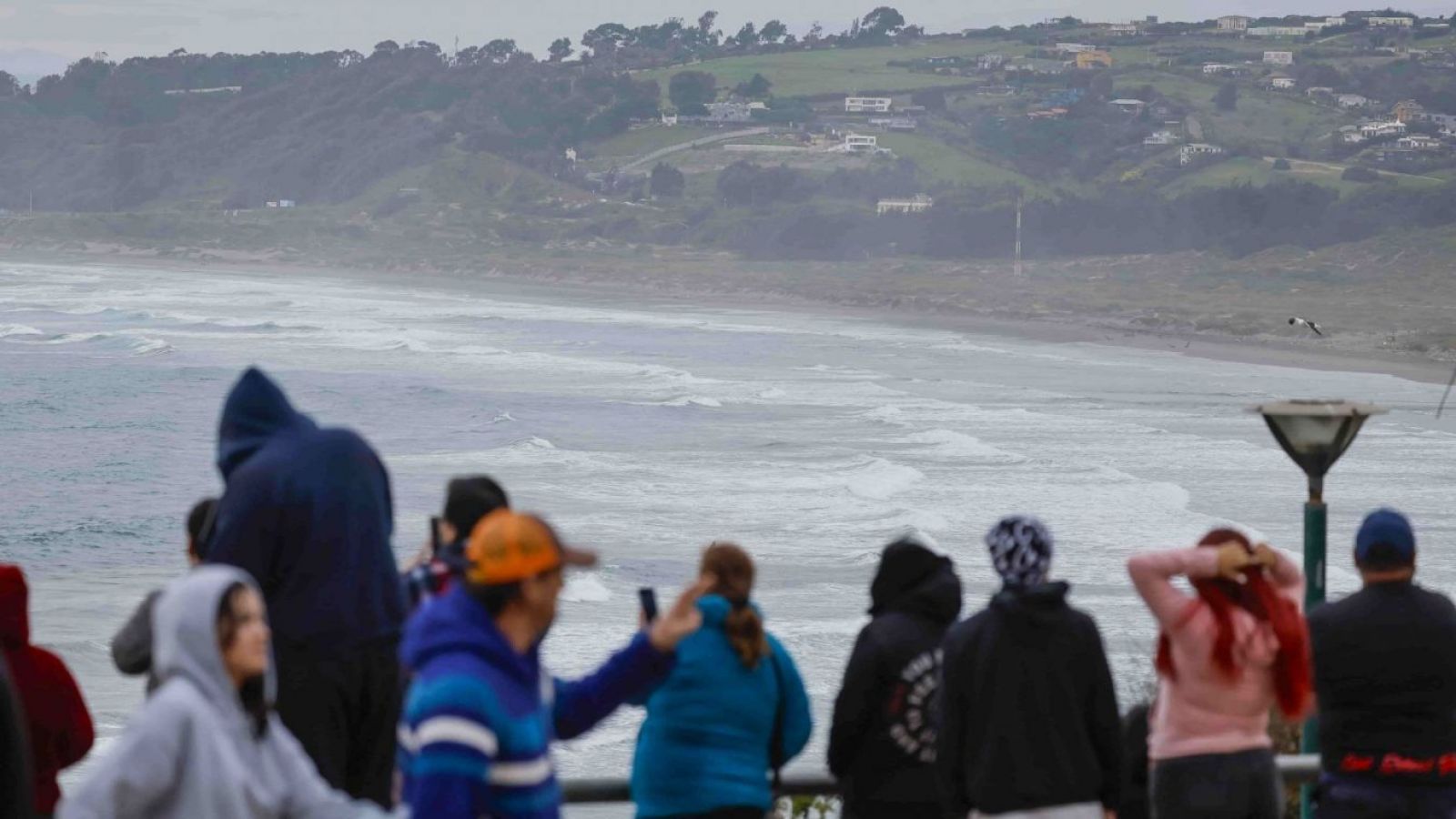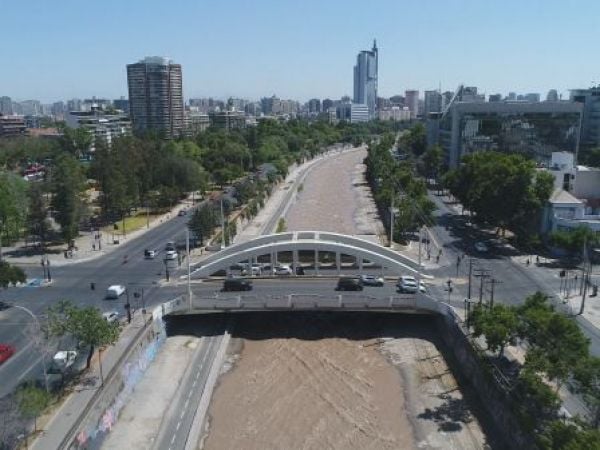Waves measuring between 30 and 40 centimeters in height have reached Easter Island and Chile’s mainland coast as a result of the tsunami triggered by Tuesday’s earthquake in Russia, in an event that appears to have been less intense than initially expected.
The first wave train reached Easter Island—also known as Rapa Nui—around 11:30 a.m. local time (15:30 GMT), where nearly a thousand of its 8,000 residents gathered around the church in response to the alert issued by the National Disaster Prevention and Response Service (Senapred).
These waves reached heights typical during storm conditions on the island, which lies about a five-hour flight from the coast of Valparaíso in central Chile.
Four hours later, a wave train of approximately 40 centimeters reached the shores of La Serena, Coquimbo, and Valparaíso, where the fleet remained docked due to the same warning.
A 40-centimeter "disturbance" was recorded in Chañaral, Atacama Region—the highest wave height registered so far in the country—according to the Chilean Geoscientific Network.
In the same region, but off the coast of the town of Caldera, waves reached 30 centimeters, followed by 25 centimeters in Mejillones (Antofagasta Region), 23 centimeters in the neighboring towns of Paposo and Taltal, and 15 centimeters in Tocopilla.
In the northernmost region of Tarapacá, sea levels rose by 17 centimeters in Iquique and 16 centimeters in Pisagua.
Senapred issued a red alert early in the morning, and by midday evacuation alarms began sounding along the entire coast, home to an estimated 1.5 million people.
In Valparaíso, groups of people began heading to higher ground, while in Iquique, in the north, several thousand sought refuge in the local football stadium.
The government also announced the evacuation of five coastal prisons and several hospitals. However, sources from the Interior and Health Ministries told EFE that they were monitoring the situation before initiating the evacuations, given the anticipated strength of the waves.
Evacuations began on Easter Island at 6:00 a.m. local time (8:00 a.m. mainland Chile time, or 12:00 GMT), and were set to continue from 11:00 a.m. in Arica and Parinacota, at noon from Antofagasta to O’Higgins, from 1:00 p.m. in Maule through Los Lagos, and in the following hours in the far south.
With the red alert declaration, Senapred stated that “all necessary and available resources will be mobilized to act and control the situation, given the scale and severity of the event.”
Last night, Chilean President Gabriel Boric called for calm in a message posted to his X (formerly Twitter) account, referencing the deadly tsunami that followed the 2010 earthquake—an event for which Chile was not adequately prepared.
“Remember that the first wave is usually not the strongest. Let’s act calmly and follow official instructions,” he urged.
Por el terremoto en Rusia a esta hora se realiza COGRID nacional. Por lo pronto tenemos alerta de tsunami para toda la costa de Chile para mañana. El protocolo es evacuar 3 horas antes de la estimación de llegada de la ola. Estaremos informando en detalle pasos a seguir. Mantenga…
— Gabriel Boric Font (@GabrielBoric) July 30, 2025
Following the authorities’ instructions, most Chilean ports were also closed due to the tsunami threat and evacuation order.
Daniel Fernández Kopric, president of the Chilean Maritime and Port Chamber, stated that “nearly everything is closed.”
The Port of Valparaíso reported that Terminals 1 and 2, operated by Terminal Pacífico Sur (TPS) and Terminal Portuario de Valparaíso (TPV), would not be operating during the day’s first shift.
“In coordination with the Navy, it was decided to authorize the departure of the vessels docked at the Port of Valparaíso,” the company said, adding that “constant monitoring will be maintained in coordination with the Maritime Authority and local and regional officials.”




